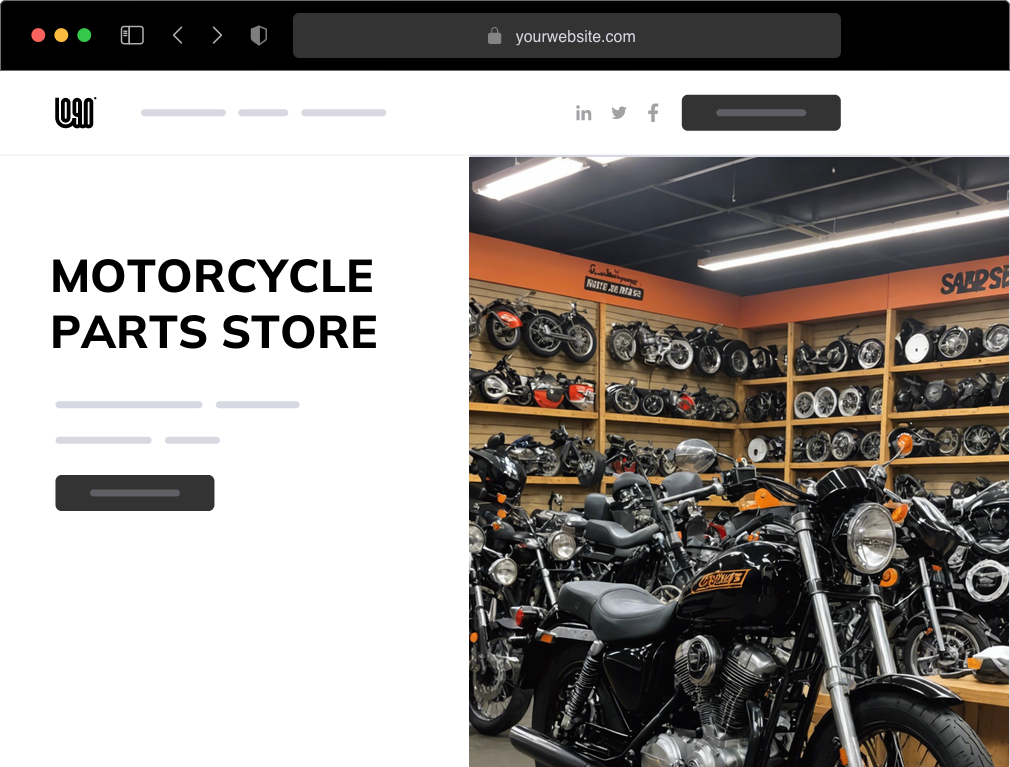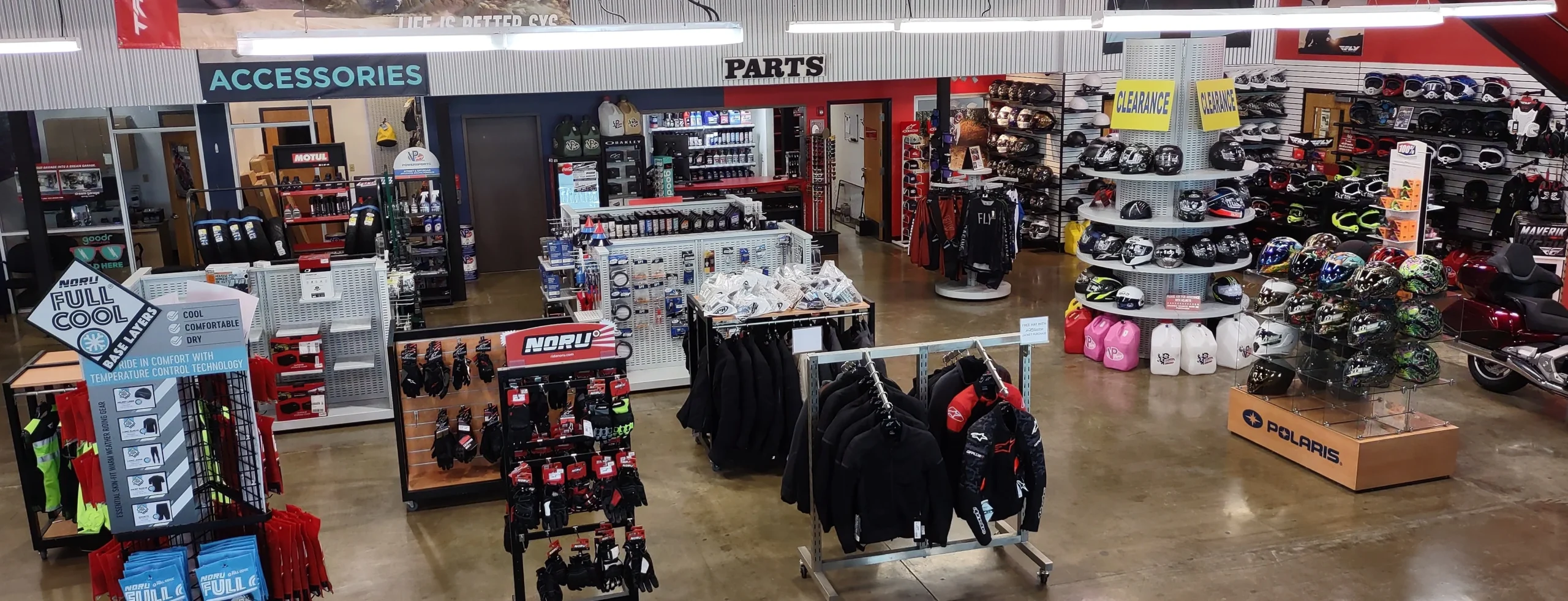Necessary Motorcycle Parts NZ for Peak Performance and Safety And Security
Necessary Motorcycle Parts NZ for Peak Performance and Safety And Security
Blog Article
Mastering Motorcycle Gears: Exactly How to Enhance Your Riding Experience
In the world of motorcycling, understanding the art of equipment adjustment is essential for boosting your riding efficiency. Correctly comprehending and making use of bike gears can substantially influence fuel, acceleration, and control effectiveness, changing an average trip into a seamless, exciting journey.
Understanding Gear Mechanics
At the core of motorcycle characteristics, gear auto mechanics play a pivotal function in transforming engine power right into motion, ultimately determining speed and control. The equipment proportions, meticulously created, establish the relationship in between engine revolutions and wheel turns, impacting velocity and gas performance.
Understanding equipment auto mechanics begins with acknowledging the importance of the transmission, which houses numerous gears of varying dimensions. These equipments connect through a process recognized as meshing, where teeth of different gears engage to send power.
In addition, the principle of equipment shifting is indispensable to optimizing performance. Smooth and prompt shifts make certain that the engine operates within its ideal power band, protecting against unnecessary stress and boosting longevity (motocross gear). By understanding these mechanical ins and outs, motorcyclists can achieve an unified blend of control, efficiency, and power, raising their riding experience
Timing Your Shifts
Change timing mastery is vital for enhancing bike performance and enhancing the riding experience. Effectively timed changes guarantee that the engine operates within its optimum power band, which is vital for preserving control, accomplishing smooth acceleration, and making sure the durability of the bike. Bikers need to establish an user-friendly feeling of when to shift equipments, which involves understanding the relationship between engine changes per min (RPM) and rate.
To understand change timing, pay attention to the engine's noise and really feel, as these give crucial clues about when to change equipments. The ideal shift point usually occurs when the engine approaches the upper variety of its power band without getting to the redline. Moving prematurely can cause an absence of power, while shifting too late might trigger unneeded engine strain
In addition, roadway problems and riding style influence change timing. In city settings, smoother and extra frequent shifts might be necessary to navigate traffic successfully. On the other hand, during freeway riding, less changes at greater rates can be a lot more ideal. Exercising in different atmospheres will enhance your ability to time shifts specifically, ultimately boosting your riding experience to a professional degree.
Enhancing Gas Effectiveness
While understanding motorbike equipments is essential for performance, enhancing fuel effectiveness is equally important for both economic and environmental reasons. Optimum gas consumption not only reduces operational prices yet likewise lessens the environmental impact of riding. To achieve this, one must comprehend the complex connection in between equipment choice and engine efficiency.
Firstly, selecting the best equipment at suitable speeds can substantially affect fuel intake. Riding in a greater gear at reduced rates can lead to engine carrying, which is harmful to both gas economy and engine health and wellness. Conversely, riding in reduced gears at broadband causes unneeded fuel usage. Thus, preserving an optimal equilibrium by moving equipments abreast with roadway problems and expected maneuvers is crucial.
In addition, regular upkeep plays a critical role in gas efficiency. Making sure that the motorcycle is well-tuned, with tidy air filters and properly blew up tires, can decrease and boost aerodynamics fuel wastage. Embracing a riding design that embraces steady velocity and smooth deceleration can add to far better fuel economy.

Methods for Smooth Transitions
Accomplishing smooth equipment browse around these guys shifts is essential to enhancing the riding experience and making certain the longevity of a motorbike's transmission system. Correct equipment moving not only contributes to a smooth ride however also reduces wear and tear on the mechanical elements. To master the art of smooth shifts, cyclists need to concentrate on a couple of vital strategies.

Second of all, clutch control plays an essential role. Engaging and disengaging the clutch efficiently requires method. The clutch bar must be released gradually, visite site enabling a smooth transfer of power from the engine to the wheels without creating a jolt or abrupt activity.

Adapting to Roadway Problems
Navigating varied roadway conditions is an essential skill for any type of motorcyclist aiming to maintain control and security. Whether you're riding on damp surfaces, gravel roads, or browsing sharp turns, your capability to adapt your equipment usage and riding strategy is vital. Comprehending exactly how to change your gears properly can substantially affect traction and stability, guaranteeing a much safer journey.
On damp roadways, it is advisable to keep greater equipments to decrease torque and lessen wheel spin. This strategy helps keep grip on slippery surfaces, permitting smoother velocity and slowdown. On the other hand, when riding on crushed rock or uneven terrain, reduced equipments are preferable. Lower gears give far better control and allow you to respond even more swiftly to unexpected changes in the roadway surface area.
Sharp contours require precise gear administration to balance speed and control. Downshifting before entering a curve can assist preserve energy while making certain the bike continues to be secure throughout the turn. Regular practice in varied problems boosts your capacity to react and predict to changes in road texture and slope.
Final Thought
Grasping bike gears substantially improves the riding experience by boosting velocity, control, and fuel efficiency. Adjusting equipment selection to different roadway problems, such as utilizing higher gears on damp surfaces and lower gears on gravel, more improves handling and security.
Understanding equipment technicians starts with recognizing the value of the gearbox, which houses numerous gears of varying dimensions. These gears communicate through a procedure understood as meshing, where teeth of various equipments engage to send power (motocross gear nz). Mild adjustments to the throttle during gear shifts can stop jerky movements and preserve a constant riding more helpful hints rate
Whether you're riding on damp surfaces, crushed rock roadways, or browsing sharp turns, your ability to adjust your equipment usage and riding strategy is critical. Adapting equipment choice to numerous road problems, such as using higher gears on damp surface areas and lower equipments on crushed rock, additional boosts handling and safety and security.
Report this page